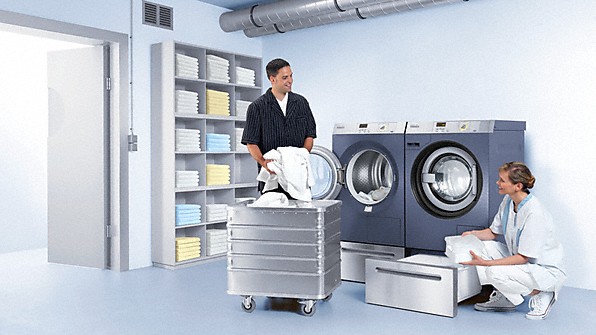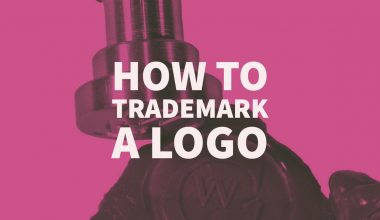What is a customer profile? For a retail business, it can otherwise be dubbed a ‘shopper profile’, which Fit Small Business defines as “a description of a customer or set of customers,” adding that it “can include demographic and geographic information as well as interests and purchasing patterns.”
The Adobe website explains that a customer profile is basically “an entry in a database—there’s a hashed ID for each person.” If you run a retail store, you could notice certain types of customers shopping there particularly often – like the following four types…
The Bargain Hunter
Most retailers come across bargain hunters regularly. Their purchases are primarily driven by price rather than interest in a specific item; hence, they are willing to shop around and wait for cut-price deals to emerge so that they can quickly pounce on one.
While it could be too financially risky for your business to run constant sales in its bid to court these discount shoppers, there is a safer alternative. You could introduce an array of customer loyalty solutions that enable customers to collect points they would be able to redeem on purchases.
The Browser
No, don’t expect Google Chrome, Microsoft Edge, and Apple Safari to soon pass through your shop’s doors. The word ‘browser’ here refers to customers who have randomly come across a store and felt curious enough to look inside it just to see what it offers.
Browsing shoppers—otherwise known as wandering customers—are especially easy to spot if you work in a brick-and-mortar store. Often, when a browser does buy something, it’s due to the customer experience they have already received. So, make sure you welcome them warmly – even if it’s largely just by greeting them and letting them know about any ongoing sales or promotions.
The Showrooming Customer
You could well have been this kind of customer yourself if you have ever been eager to buy a particularly expensive product intended for long-term use and so wanted to have a go with this product before buying it. A new sofa, TV, or smartphone could easily fit into this category…
The shopping practice of ‘showrooming’ is when someone tests a demonstration unit of a product in a physical store but then buys the product online instead.
So, you have an interest in making sure that your company’s online store is up to scratch and features a design that would make it especially easy for shoppers to find the specific item they want.
The Mission-driven Shopper
This type of shopper isn’t shopping just for the fun of it. Instead, they are on the hunt for specific items and might even have them written down on a list—hence why mission-driven shoppers are sometimes referred to as “list shoppers.”
To accommodate the mission-driven shopper’s needs, then, you should streamline their shopping experience as much as practically possible. You could do this partially by offering a ‘buy online, pick up in-store” option, as this could potentially rid them of the need to wait in a lengthy queue.






